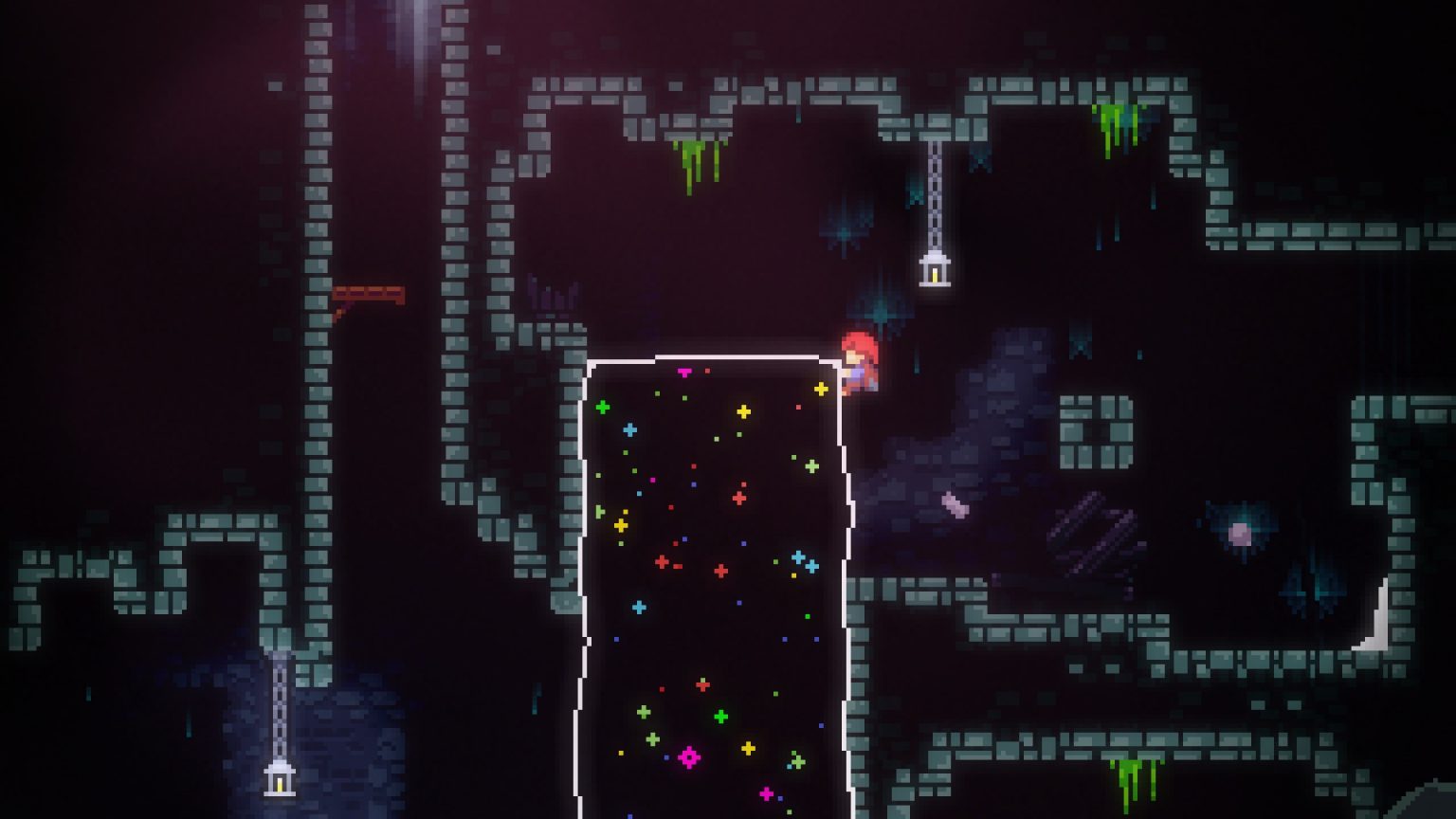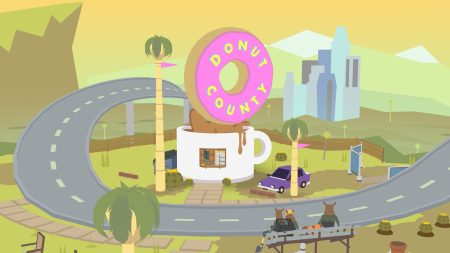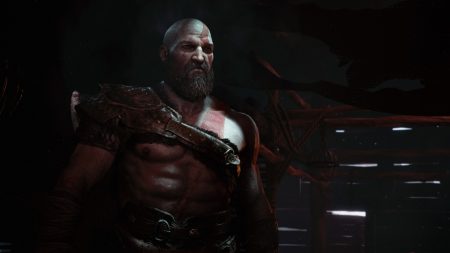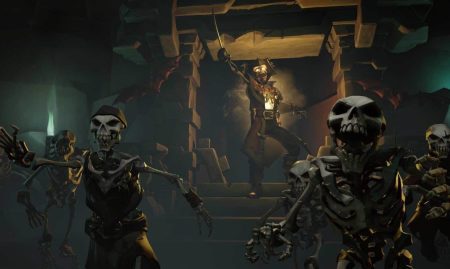Five Favorites as 2018 Comes to a Close
I think that 2018 was a pretty alright year for video games.
I’ve never really subscribed to triple-A game industry hype trains. Mostly because I’ve never really had a system capable of running those sorts of games. This year I got a Switch and a PC capable of running games other than Stardew Valley. It’s been pretty great.
I spent a lot of this year playing catch-up. A treasure trove of previously unplayed games landed at my fingertips and I tried to enjoy as many as possible. That does meant that for the most part I didn’t play many games that actually released this year. Those that I did wound up not being big expensive triple-A titles. You don’t get a new desktop and console without burning through your wallet. I focused on games I could get cheap — games from the genre nearest and dearest to my heart: indie games. Beautiful pixel-y indie games.
With that being said, of the games I played during 2018, here’s a list of five that I particularly loved.
Number Five — Hyrule Warriors: Definitive Edition
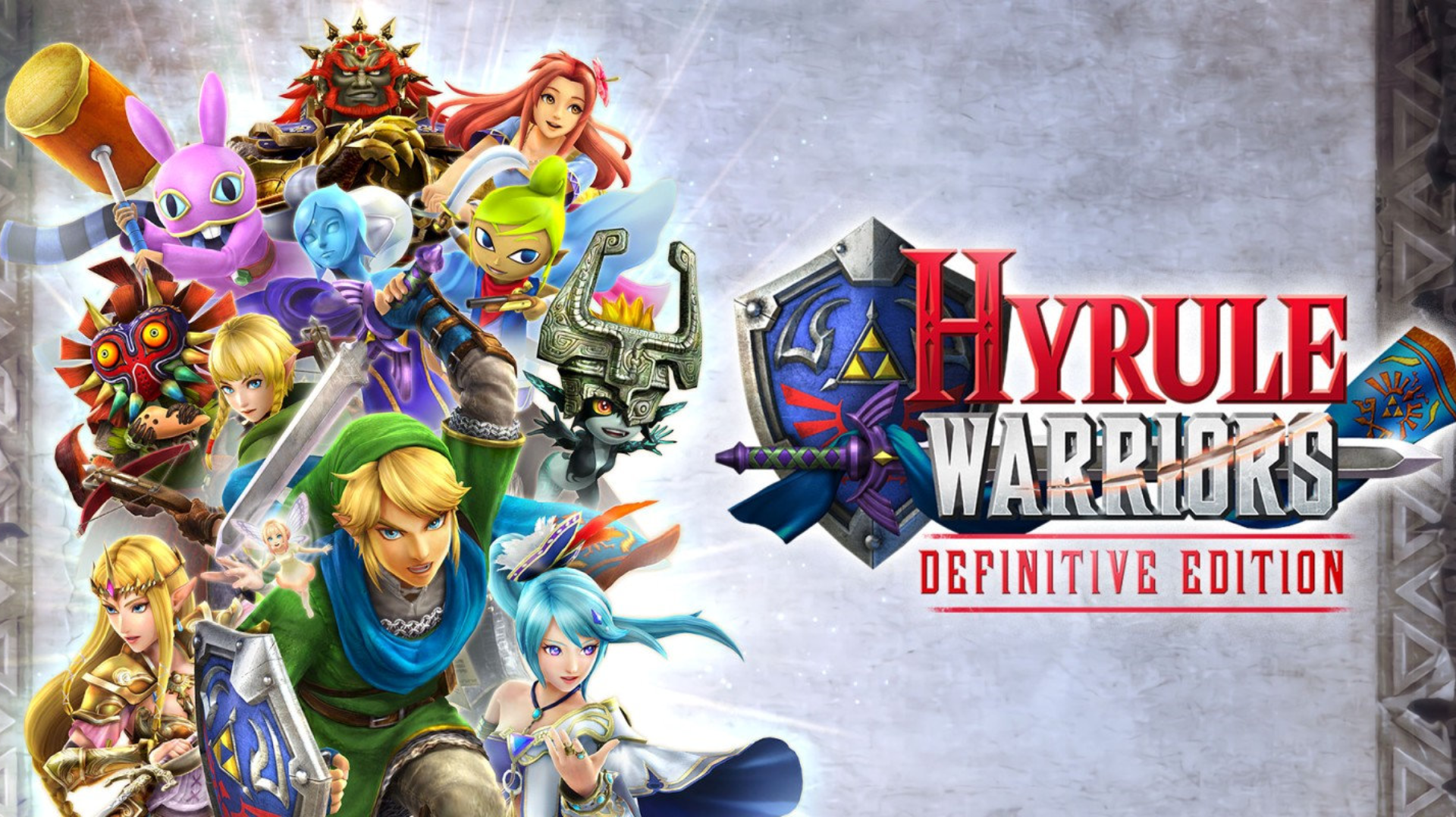
Like a lot of people this year, I took the plunge and bought myself one of those new fangled Nintendo Switches. I was a poor student whose wallet cried in anguish whenever I so much as looked at a game. My first objective was obviously to create a collection of Switch games. In doing so, I decided I wanted to focus on content-rich games to get the most for my money.
Enter Hyrule Warriors, a beautiful blend of the over-the-top wish-fulfillment hack ’n’ slash gameplay of Koei Tecmo‘s Dynasty Warriors with colorful worlds and unforgettable characters from across The Legend of Zelda’s vast repertoire of titles. As gameplay goes, it’s completely brain-dead button mashing but in the most gratifying way.
The core of the game is ripped straight from Dynasty Warriors. As a series, Dynasty Warriors has always excelled at allowing the player to live out a real power fantasy. You control a handful of powerful characters and blitz your way across a battlefield. You smash buttons and mow down any enemy troops in your way. Pressing one button and mowing down over fifty skeletons provides an unrivaled sense of satisfaction.
Now, to quickly address the elephant in the room: Hyrule Warriors: Definitive Edition is a port. Technically the game was first released four years ago for the Wii U. This is just a beefed up version bundled together with all of the game’s past DLC. Normally when I’m reflecting on games I played during a year, like a lot of people, I would disqualify ports. However, there’s something about making Hyrule Warriors portable that really allows it to shine.
There’s just something about the mindlessness of Warriors’ combat that makes it great for taking on a train journey. It’s the sort of game that feels like it was made for the Switch’s handheld mode. Of course, the game was also ported to the 3DS, but that port suffered from hardware limitations. Now, with a newer, better handheld system, the game is truly allowed to shine.
Admittedly, the gameplay loop is not for everyone. As games go it can be pretty grindy, and if you’re not a fan of the hack ’n’ slash style then this isn’t going to sway your opinion. However, I’ve found myself coming back to Hyrule Warriors again and again. It never holds my interest for too long, but I don’t think it’s that sort of game. When I have thirty minutes to spare, I’ll sit down, fire up my Switch and beat up Ganondorf again.
Not every game needs to be a deep, complex affair. Hyrule Warriors succeeds in being a shallow but satisfying experience with a lot of replayability.
Number Four — Florence
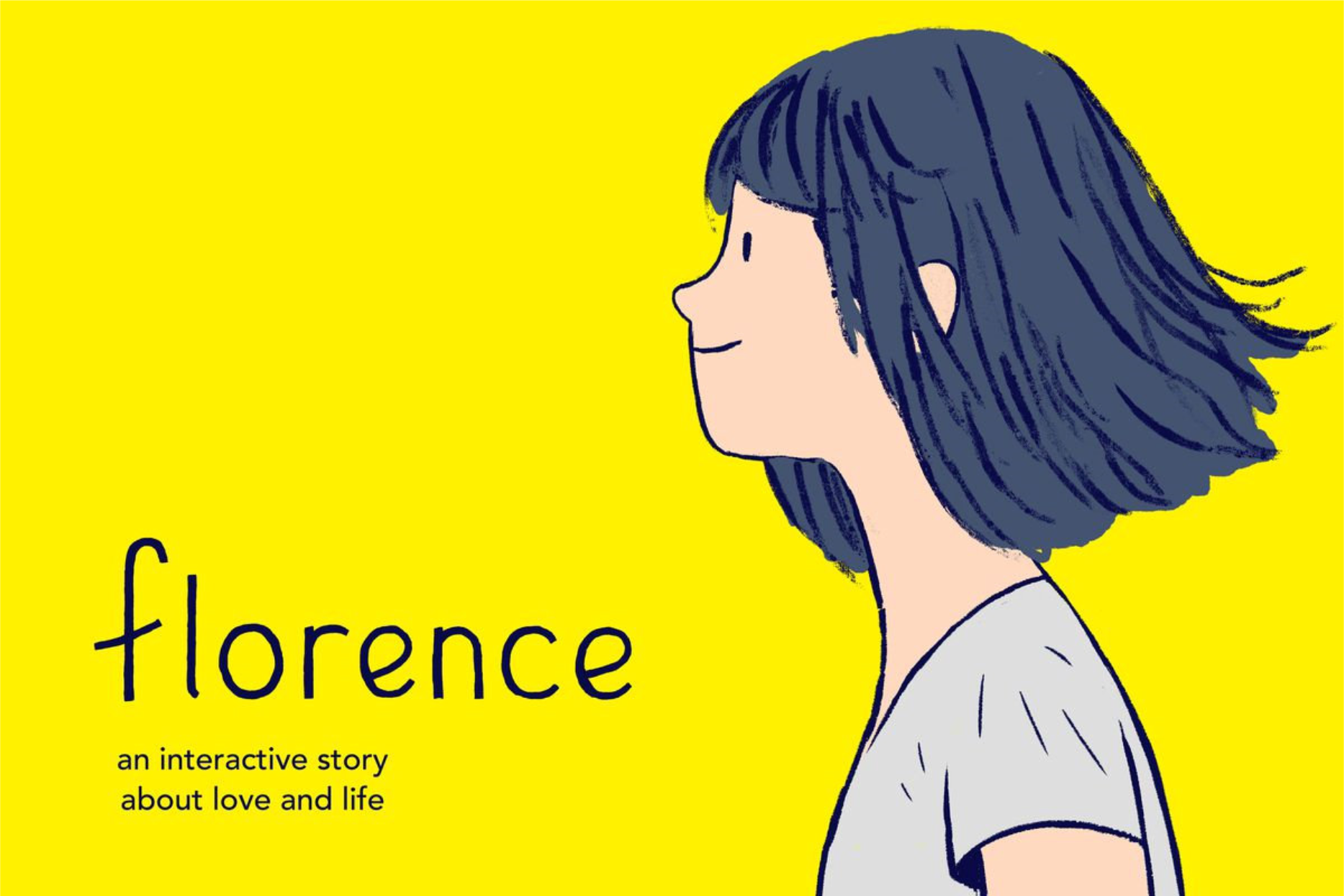
Throughout 2018, I’ve been on my feet a lot. Probably more so than any other time in my life, I’ve been moving. The mobile gaming market has a bad reputation, and honestly, for good reason. It’s a mess of micro-transactions and bad port jobs. However, it can be worth it when you wade through the muck and find one game that really stands out.
Florence is a very short interactive romance story developed by Australian studio Mountains. The story focuses on the titular character, 25-year-old Florence Yeoh. She goes through her daily routine and eventually meets her first real love. As stories go, it is incredibly simple. Gameplay, if you can call it that, consists of riveting activities like brushing your teeth, chatting with Mom, and cleaning your flat.
Florence is not an exciting story. It’s not an original story, and it’s not a story with twists and turns. It is, however, a beautifully relatable and minimalistic story. There’s no real dialogue; instead, every action you make helps to shape the story, whether you’re tapping music notes to find their source or piecing together a conversation with mini jigsaw puzzles.
The caveat is that Florence lasts less than an hour, but every minute was so memorable. Given the game’s length, I find it hard to talk about without entering spoiler territory. It has gorgeous aesthetics, from the simplistic but vibrant visuals to my favorite soundtrack of the year by a margin. There’s an elegance you don’t normally find with gaming in Florence. If you’re looking for something cheap with which to fill an hour, I highly recommend it.
Romance is something hard to get right. I’ve never seen a more real, natural love story unfold on a screen. I certainly didn’t expect that screen to fit in my pocket.
Number Three — Bloodstained: Curse of The Moon
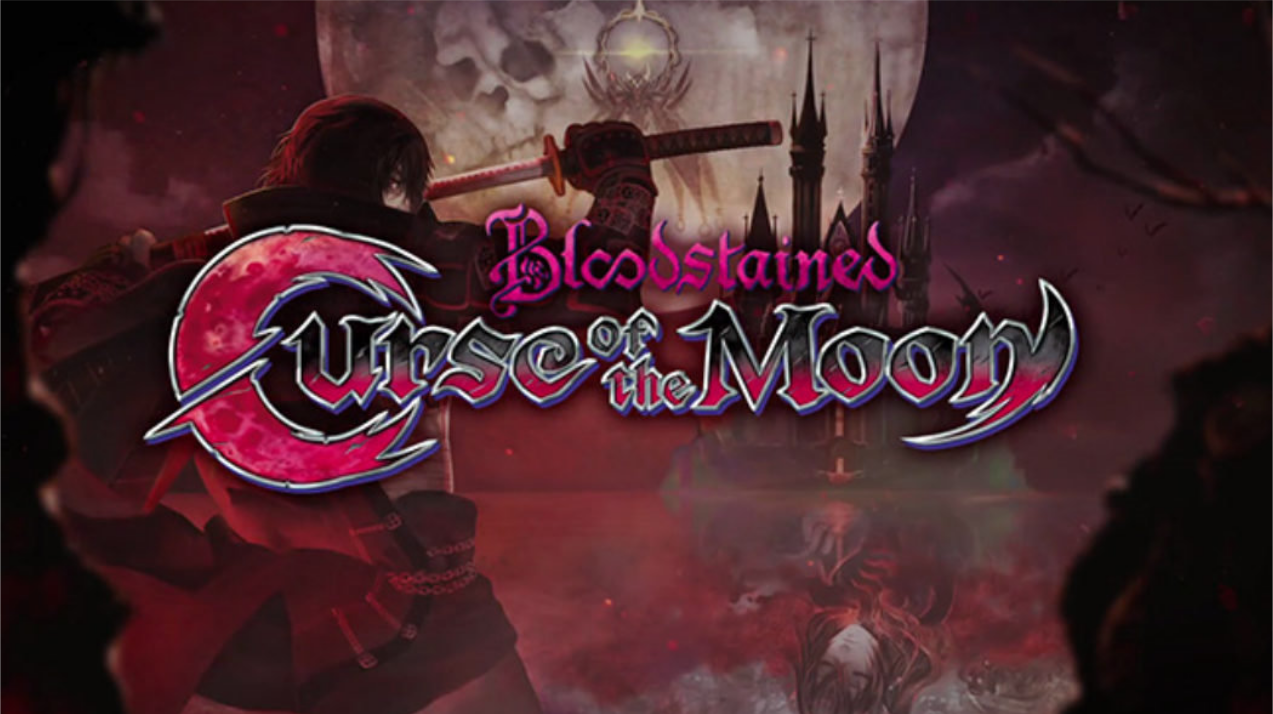
So when Simon and Richter Belmont were announced for Smash Ultimate, I fell down a bit of a rabbit hole. That hole involves a lot of hot, scantily clad, flexing men. Of course, I’m talking about Castlevania. I decided to replay as many old Castlevania games as I could over the last few months. As a part of that, I picked up Bloodstained: Curse of the Moon and, oh boy, I fell in love.
Created by Koji Igarashi, who’s blessed us with so many great Castlevania titles, I knew I was in trusted hands. Bloodstained plays like old SNES Castlevania games — the kind that existed before the series was synonymous with the term “Metroidvania.” It starts off very familiar: You cut your way through horror-inspired Gothic levels, culling whatever monstrosities get in your way.
However, Bloodstained takes the formula and tweaks it in some particularly interesting ways. Most noticeably, you have the ability to form a party of characters. There are four characters you can meet on your journey. You start as your typical Gothic protagonist, Zangetsu the demon hunter, equipped with a simple short-ranged sword. Other characters include Miriam (best character and best girl) who has a slightly smaller health pool, but makes up for it with her slide and long-ranged whip; Alfred the mage, who can find and equip powerful magic attacks; and Gebel, the totally-not-a-vampire who can turn into a bat to cheat platforming segments. The addition of a party makes for a really interesting gameplay dynamic, with each character excelling in certain situations. Gebel’s attack releases bats that float upwards, making him ideal at killing flying enemies. Meanwhile, Alfred’s potent magic spells make him an unparalleled boss killer.
Oh, and the bosses! Each boss has a beautiful, intimidating design, and is by far the greatest thing about the game. I’ve always loved a good pattern-based boss — the sort where you watch, learn, and then act. Excluding the first boss that acts as a tutorial of sorts, each following fight was a hectic, heart-pounding affair that had me clutching my controller, desperately trying to figure out the exact positioning required to dodge the enemies’ onslaught. Every boss attack strikes a beautiful balance — daunting at first, but if you take a breath and step back, it’s never too difficult to find a solution.
The levels themselves can blend together somewhat; excluding the boss at the end of each, not much is really done to differentiate between stages. On top of that, the party mechanic has one fatal flaw: If a character dies, that character becomes unavailable until either you complete the level or all party members die and you have to restart. This wouldn’t be too bad, but some segments feel like they were intended to be tackled by specific characters. Sometimes, a single screen can become a hassle if you made a few mistakes during the screen before. It’s not too big of a gripe, but it certainly stuck out while I played.
Bloodstained is really fun if you like the style of old Castlevania games, and the more modern tweaks make for a good jumping-off point for anyone wanting to dip their toes in. There’s also some replayability — not a drastic amount, but certainly some — with different ways to tackle the campaign, plus a few secrets here and there that unlock different endings and whatnot. The game certainly hit home for me, providing a sense of modern nostalgia that I have a real soft spot for.
Number Two — Deltarune
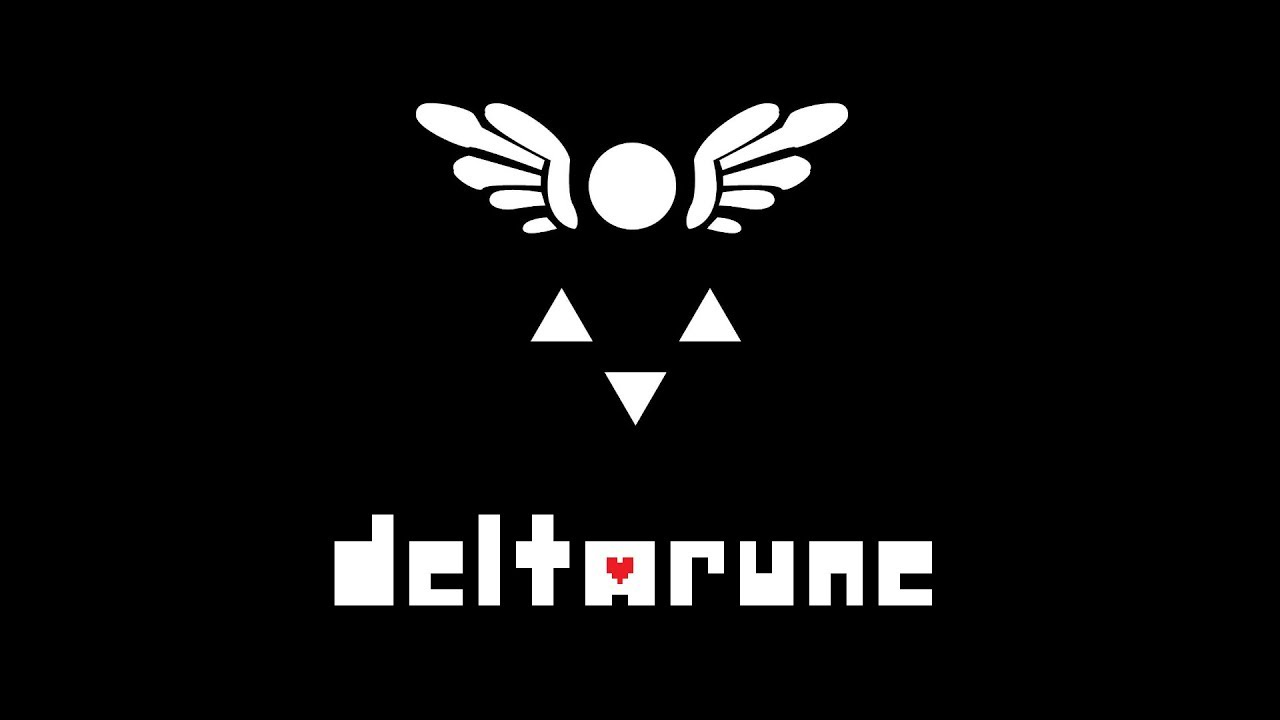
It will always bug me how cool it became to hate Undertale. There’s something so grinchy about seeing a large vocal group actively loving something good and therefore deeming that thing to be bad. Undertale was a fun game that was loved by so many, and it genuinely warms my heart when anything can touch so many people in such a short time.
And this year we got more of it, with Deltarune surprising everyone in the best possible way. Developer Toby Fox released a “survey” on Halloween this year that, after maybe a minute of answering questions, turned into the first chapter of the follow-up to Undertale. What follows is two to three hours of gameplay filled with all the charm of Undertale, but with so much more detail and intricacy.
Let’s get this out of the way first: This first chapter is totally free. In a time of episodic games, it’s nice to see Fox just dump a handful of free content on our laps rather than charge us $5 for it.
The way Deltarune plays feels like the natural development of what made Undertale such a beautiful and unique experience. The world is a pleasant mix of the familiar and new. It features a mixture of characters original to the world of Deltarune alongside a cast of familiar faces. There’s something impressive about putting these two casts of characters alongside one another without either overpowering the other. Everything feels like part of one cohesive world. Undertale’s strength lies with its narrative, and the same can be said here. Each character is lovingly crafted, with humor, personality and faults. Everyone feels fully fleshed out, even if they only appear on screen for a few minutes, never to be seen again.
Fox really pushed to make this game different. There are franchises that are content to find a working formula and just spew out games (cough Five Nights cough) without attempting to iterate on the faults of the first. Deltarune deconstructs and refines everything about its predecessor and presents itself as a totally new experience. The same pacifist/genocide gameplay is present, allowing you to decide whether or not you tackle challenges head on with violence or take a more peaceful approach.
However, new to Deltarune is a party system, allowing you to control up to three party members at once, each with their own play style. You have the main character, Kris, versatile in both fighting and acting; Susie, the best character; and Ralsei, the mage that opens up a tree of support abilities that allows you to heal or provide new pacifist options. The bullet-hell gameplay of the first is still present, and the new party gameplay only augments and improves upon the formula of the first game. While the core loop still exists, it’s surrounded by a plethora of new ways to tackle each situation, all of which feel great to mess around with.
There’s a point at which I’m just gushing about this game, but heck, that’s what I’m going to do. I can’t remember the last time I laughed so much during a game. I mean, not just like little inaudible chuckles but full-on fits of laughter. While Undertale had its moments, there were times where one or two jokes were dragged out to the point of repetition and annoyance. Deltarune feels like Fox reigned in each individual joke, making each comedic moment fit snugly in any given scene. Doing so opened up the opportunity to fit in even more jokes. There isn’t a dull moment to be found; with each passing second, there’s some sort of goof crammed in. Even if a couple fail to land, there are plenty waiting around each corner to keep you engrossed and laughing.
Fox has a way with characters and stories that truly speaks to me. There’s a talent in presenting ruthless, borderline-evil characters and making me want to care about them. It’s what makes his games unique. Talking your way out of a problem only makes for a good game because those characters want to talk back. When they do, they always have something interesting to say. Deltarune is the start of something — something that feels bigger than Undertale with more to say and certainly more to do. As teasers go, it has me hooked. Even a three-hour wander into the world had me falling in love with everyone in it. It felt like going home.
Honorable Mentions
I have a few other games I want to at least talk about briefly before I round up my list for the year. Consider these to be a few personal indulgences.
Super Smash Bros. Ultimate
As you are reading this, I’m playing Smash Bros. I would have loved to have put this list out a little later — to have had a chance to have some hands-on time with the game — but there was simply no time for me to both play the game and meet the deadline for creating this list.
I’m going to give Ultimate the honorary “Best Hype Train” award, because I have been following this game’s development since E3, from the official trailers to YouTube speculations and conspiracies. It has been an absolute pleasure!
Isabelle is adorable and the only character I’m ever going to play.
Castlevania: Symphony of the Night
As I said in my little intro, I’ve been playing catch-up all year. Saying Castlevania: Symphony of the Night is a great game is not an original opinion, but oh boy SOTN is really good you guys. I’m giving this game the honorary “Best Game I Should Have Played by Now” award. Excluding my number-one pick for 2018 (patience, it’s coming or you can just scroll down, I’m not your boss) this was probably the best game I played this year.
This is one of the few games that I accidentally completed to 100%. I just really wanted to poke my nose in every nook and cranny.
Super Mario Party
I have played two games of Super Mario Party (and won both humble brag Daisy #bestprincess) and both were a joy. I don’t think it’s fair to judge a game on two rounds, but I wound up watching a lot of Super Mario Party this year. This game’s stupid honorary award is “Best Game I Watched Other People Have Fun With.” The series is always fun to mess around with, and this latest installment introduces so many new mechanics that slot perfectly into the formula.
And again, I’ve never lost, so I might just be the best Super Mario Party player in the world. Who knows?
And with that, let’s talk Game of the Year.
Number One — Celeste
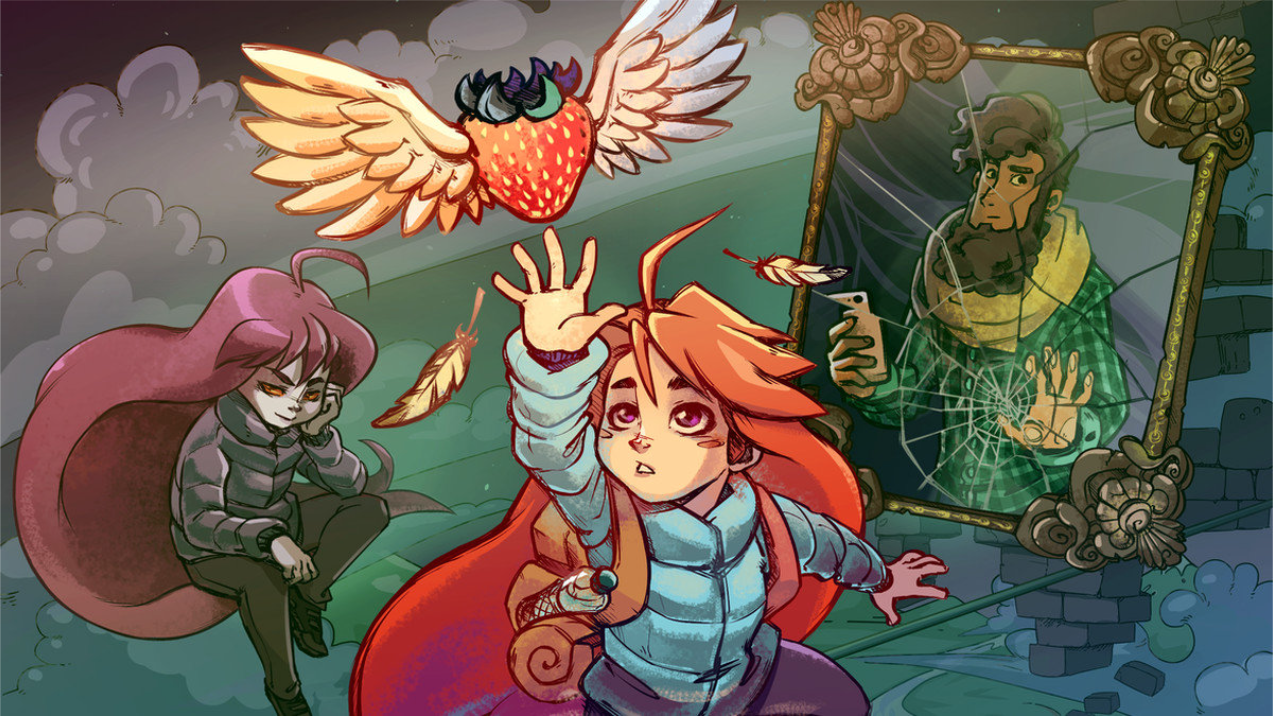
Celeste is not just a good game: it is an important one. There are rarely games that demand to be talked about — games that bundle together gameplay and symbolism in a seamless fashion and create a lasting impact. Normally I’d say that most games can be split into two categories: games that are trying to be fun, and games that are trying to say something. To elaborate, Call of Duty would be something trying to be fun; it has a focus on gameplay, and the emphasis is on what you do. The inverse would be something like Getting Over It With Bennett Foddy — a game that is not fun, but that’s the point. It’s not about what you’re doing: it’s about something that wants to be said.
Of course, that’s a very binary way of looking at things, and it does not encapsulate everything. My point is that very few games really manage to take advantage of the medium to convey a message. Video games are still relatively new in media studies, and generally the agency of a player doesn’t always reflect properly in a reading of a game solely as a text. Sometimes a game just acts as a framework with which to investigate a theory, or sometimes it’s easier to look at a game in the same manner you would a film to derive meaning.
I know that this is getting a little meta and overly complicated, but I swear I’m going to talk about the game soon.
Video games is a strange medium to analyze. On the one hand, you have the player: the autonomous creature with a controller in their hands making decisions on how to proceed. On the other, you have a limited narrative scope: Your story has to be, to some degree, linear in nature, which ultimately renders that player agency moot. Very few games can use that contradiction to convey a theme. It’s not impossible; think of the big reveal of BioShock and how it embodies philosophical ideas like determinism and objectivism through the players themselves. That narrative reveal does not work without the autonomous thinking being behind the controller.
Celeste is the story of a girl called Madeline who sets out to climb a mountain. Gameplay wise, I would liken it to Super Meat Boy — a hard as heck platforming challenge. Madeline has three tools at her disposal: She can jump, perform a mid-air dash, and cling onto and climb walls. This does not change throughout the game, but the game constantly presents new and interesting ways with which to utilize these mechanics.
This game is not easy. Certain screens will take upwards of ten or twenty tries to clear. Some of the jumps feel so precise that only the tiniest margin for error exists. I’ll repeat: This game is not easy.
But that’s the point.
Celeste is beautiful in its difficulty in a way I’ve never seen before. I compared this game to Super Meat Boy because both games present a tight platforming gauntlet that is designed to challenge the player. But that’s where the similarities end. Unlike any other game in the genre that I have ever played, Celeste supports the player through their failures. Because that’s what the player deserves.
Madeline wants to climb the mountain because she needs to know that she can. As we play, we get to know of Madeline’s struggles — horribly human struggles that I know I’ve experienced in my lifetime. There’s no specific inciting incident; she is not on some epic quest to save the world by climbing the mountain. Sometimes you just need to climb a mountain to know that it’s possible.
And it is always possible. You will fail and fail and fail as you try to climb the mountain, but Celeste always let’s you get back up. Mechanically, the game is flawless; Madeline controls perfectly, which means every mistake you make along your journey is fixable. By not muddying the waters with excess mechanics, you become familiar with the way Madeline controls, and with each missed jump, you become more and more confident about the next attempt. Celeste never berates you for failing; it pushes you to fail and fail again until you finally get it right.
Everything about Celeste pushes you onwards. The pixel aesthetics are beautiful and match the feeling of the mountain, with dark caverns and sunlight peaks that reflect Madeline’s journey to a tee. The music cheers you on, with even the darker-sounding tracks providing some levity and urging you to try again. And then there’s Theo, a fellow mountain climber and aspiring photographer. He’s a lovable goof that pops up now and again: a cheerleader for your efforts. There are moments of doubt on your climb, but between you and them is a game designed to help you triumph. Some games feel like they were designed to beat you — that the player and the game are at odds with one another until the player eventually prevails. Celeste roots for the player. It presents you with a challenge and encourages you to overcome it.
It’s hard to fully encapsulate how Celeste felt when I played it. Honestly, there’s a chance that this is the ramblings of a loon with a media degree. I fully accept I might be overthinking a very simple, fun game. Regardless, I truly believe that Celeste has something important to say — the sort of thing that demands to be heard.
Celeste is a journey of self-discovery. Madeline is forced to look at aspects of herself as she climbs. The game even makes you play through an anxiety attack in one of its more powerful scenes. Ultimately, video games are winnable, and that one prevailing truth drives everything.
No matter how bad things look, you can do it.
And That Was 2018.
This was not an easy year for a lot of people. With every passing day, the world seemingly got worse, but putting that aside, it’s truly a great time for video games. I have always believed games have something to say — a purpose that other brands of media can’t quite replicate. But, above all that, video games should just be fun, and this year has been great for that! So many games released this year that I adored playing through, and I know that my friends had equally enjoyable times with titles that I haven’t played. In a year that made it easy to forget that there was good stuff still out there, video games were there to make people smile. What more can you ask for?
Luke spent too many years getting a degree in Media Studies that he needs to justify, so now he’s here. He spends most of his time with charming cutesy indie platformers, overly cheesy video novels, or with his collection of ancient games that time has forgotten. If there’s one thing he strives to do above all else, it’s to complete games to 100%, although most of the time he gets halfway there and gets distracted by a shiny new title.
When he’s not playing video games, you can find him spending way too much time writing Dungeons & Dragons sessions, making podcasts, or failing to create academic readings of children's cartoons. He’s also Scottish, which he only mentions because Americans spell a lot of words wrong and his way is totally the right one.


